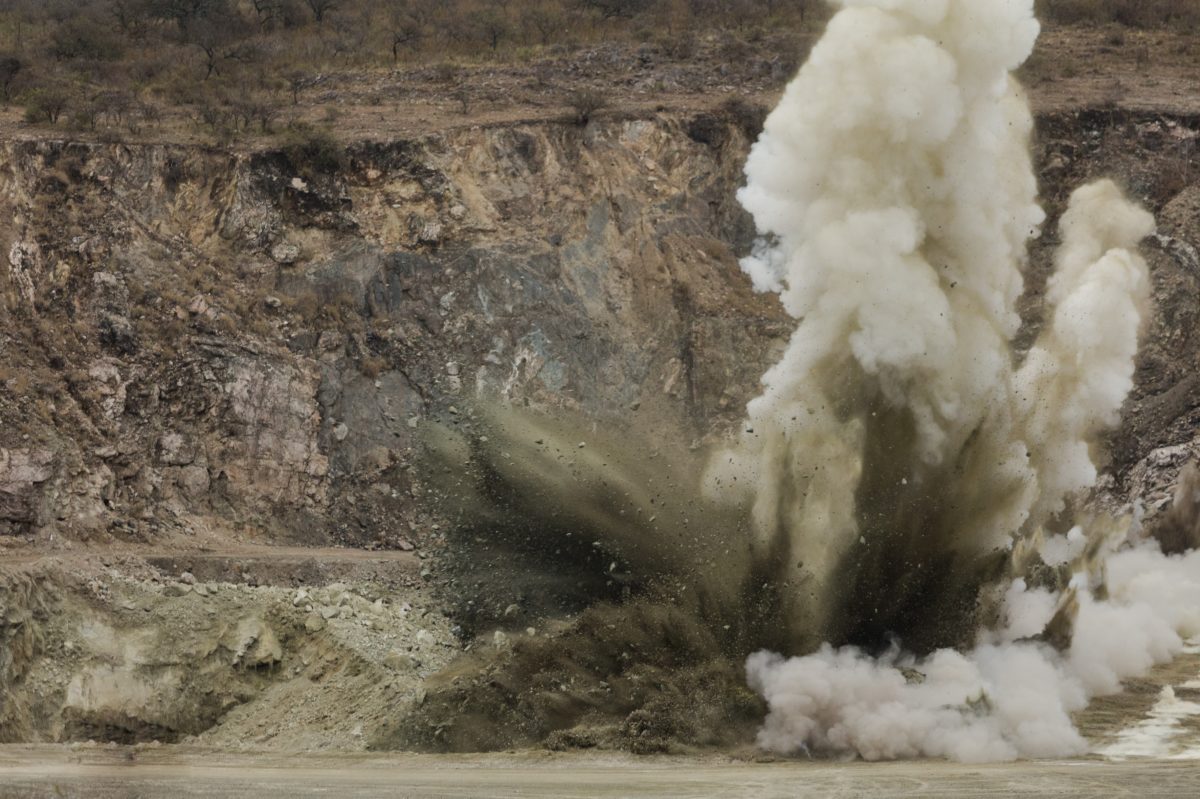
Identifying Blast Injuries > Tertiary and Quaternary Blast Injuries
In our last two posts, we covered the basics of blast injuries, including the characteristics of both primary and secondary injuries. As terroristic acts are becoming more prevalent and first responder exposure to these types of threats increases, recognizing and responding to them is a critical risk management step. As we take a closer look at how to identify these injuries, share this information with your clients and protect their operation with a Firefighter Liability Insurance package.
Tertiary blast injuries.
These injuries are caused as a result of people being thrown long distances from high-powered explosions. All body parts can be affected from these throws, especially depending on the way in which the responder or citizen lands after the blast. Injuries include:
- Physical trauma to any part of body
- Potential amputations
- Open and closed brain injuries
Quaternary blast injuries.
These injuries and illnesses are a direct result from the explosion that are not due to primary, secondary or tertiary issues. Quaternary injuries can also worsen pre-existing conditions. According to MedScape, the following types of injuries and illnesses are common post-explosion:
- Burns (flash, partial, and full thickness)
- Crash injuries
- Asthma
- Chronic obstructive pulmonary disease
- Smoke inhalation
- Respiratory illnesses from dust, toxic fumes, and smoke
About Provident FirePlus
At Provident FirePlus, we offer custom tailored packages to best protect firefighters and volunteer firefighters. We understand the risks that emergency response teams are subjected to on a daily basis, and have worked to serve these dedicated professionals for over 87 years. For more information about our products and policies, we invite you to contact our experts today at (855) 201-8880.

